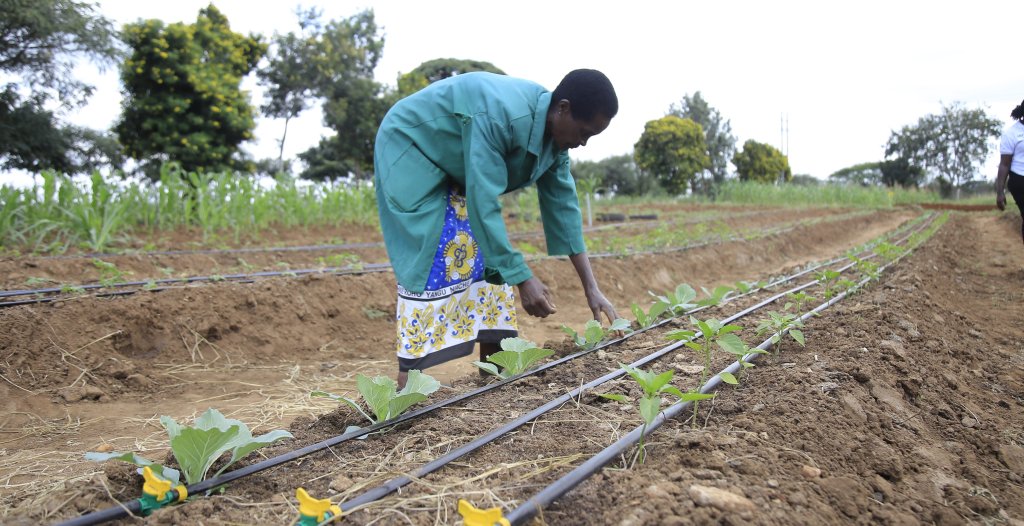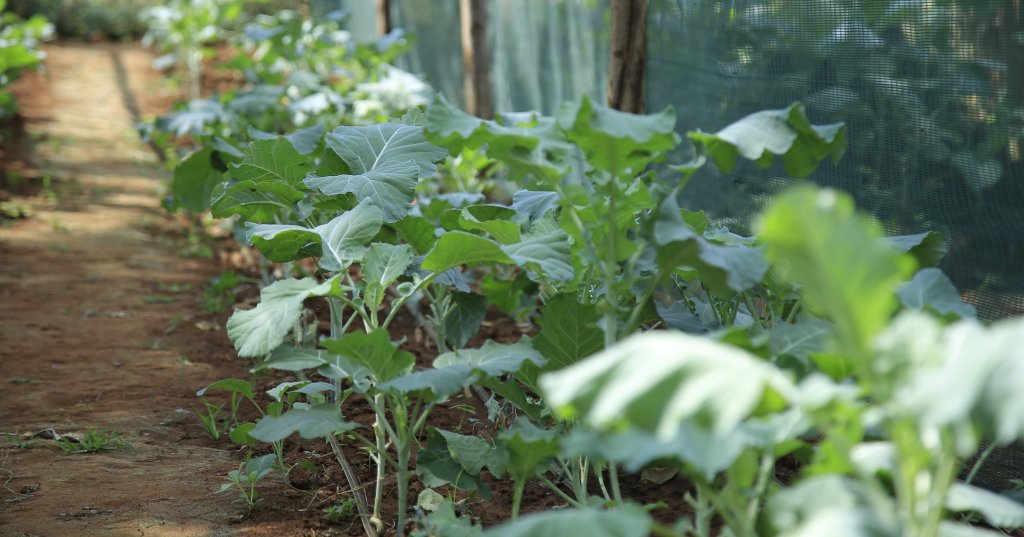New report places productivity and access to healthy diets at the core of global food systems
By Ben Moses Ilakut
Progress in addressing malnutrition has stalled in many parts of the world due the impacts of climate change and failure by Governments to provide adequate matching investments to operate the global food systems, a recently released report has shown. The report faults compounding crises, including the COVID-19 pandemic, rising food prices, natural disasters, and ongoing conflicts around the world for the stagnation.

Limited diet diversity
According to the Global Food Policy Report titled: “Food Systems for Healthy Diets and Nutrition”, Published by the International Food Policy Research Institute (IFPRI), less than half of the world’s population consumes diverse diets that include adequate amounts of nutritious foods due to inadequate policies, programs, and innovations targeting dietary improvement. “Today, less than half of the world’s population consumes diverse diets that include enough fruits, vegetables, and other nutritious foods. For many people, these nutrient-dense foods are unaffordable, not readily available, or not preferred for a variety of reasons,” the report details.

Hunger on the rise
It shows that globally, the share of people facing hunger rose from 7.7 percent in 2014 to more than 9 percent in 2022, affecting between 691 and 783 million people. Many Sub-Saharan countries now face a double burden of malnutrition — meaning that undernutrition and micronutrient deficiencies coexist with overweight and obesity among individuals and households. Hunger, food insecurity, and unhealthy diets underpin many critical public health challenges, including all forms of malnutrition and diet-related noncommunicable diseases. These health outcomes, in turn, have short and long-term impacts on the well-being and productivity of populations. Micronutrient deficiencies, often called “hidden hunger,” affect more than half of children under five years old and two-thirds of adult women. Up to 148 million children under five remain affected by stunting while 45 million children suffer wasting globally.

The case for health diets
While healthy diets provide the nutrients needed for an active, healthy life, the cost of a healthy diet far exceeds the income of many of the world’s poor, with more than 84 percent of the population in low-income countries and almost 68 percent in lower-middle-income countries considered “diet poor.” Healthy diets limit consumption of foods high in sugar, salt, and fat, and provide high concentrations of nutrients, fiber, and other protective elements. The foods that make up a healthy diet vary according to local food availability, cultural context, and individual preferences. Individual physiological characteristics, including age, physical activity, and conditions such as pregnancy or lactation, also determine nutrient requirements.
People fall sick
The report shows that while malnutrition is an acute problem, overweight and obesity and associated noncommunicable diseases are on the rise globally. As of 2022, 43 percent of adults were overweight, and 16 percent were living with obesity, more than double the rate 30 years ago. Unhealthy diets are the leading risk factor for non-communicable diseases including cardiovascular disease, certain cancers, and type 2 diabetes, which are responsible for more than 73 percent of deaths globally.

Bad agriculture-poor environment
According to the report, Agriculture, and other food systems–related activities contribute around one-third of global greenhouse gas emissions, which affect land quality, water use, and biodiversity. The report, therefore, highlights the urgent need to transform the food systems to ensure that sustainable healthy diets can be achieved. To make this work, the report provides a framework for understanding food systems by placing healthy diets, economic growth, social equity, and environmental sustainability at the core of the system. Below are featured elements of the framework:
Addressing demand, affordability, and food environments: This necessitates shifting demand towards healthier diets by creating awareness on healthy diets and improving access to affordable nutritious foods thereby signaling increased production and lower costs.
Supporting healthier food choices: This requires creating demand for healthy diets through advocacy for shifting both personal and collective preferences toward nutritious foods. It involves using tools such as national food-based dietary guidelines, social and behaviour change interventions to provide education and behavioural models that support healthier diets, and nutrition-sensitive agriculture programs such as home gardening.
Addressing high costs of healthy diets: Ensuring availability of least expensive combinations of locally available items, including fruits, vegetables, and other nutrient-dense foods. Providing a whole mix of amenities including infrastructure and logistics for storage and transportation of perishable products.
Improving Food Environments: Ensuring that consumers access the right food through policy interventions and information such as labelling foods high in fat, salt, and sugar.
Improving the availability of healthy and sustainable foods: Increasing production of year-round plant-based foods that deliver energy and high concentrations of vitamins, minerals, phytochemicals, and dietary fiber — fruits, vegetables, whole grain and nutrient-enriched staples. This requires investments in crop diversity, food fortification and biofortification of staple crops.
Increasing production of animal resources: Increasing production of animal resources leading to increased consumption of meat, fish, dairy, and eggs to contribute to diet quality in the form of protein and bioavailable micronutrients. This would require adopting mixed crop–livestock systems, which are common among smallholders to maximize productive synergies between crop and livestock production, such as use of manure as fertilizer.
For the featured framework elements to work, the report shows, there is need for financial and policy commitments by Governments across the world to prioritize healthy diet goals for diverse population groups, as well as climate change adaptation and mitigation options that support these goals.
